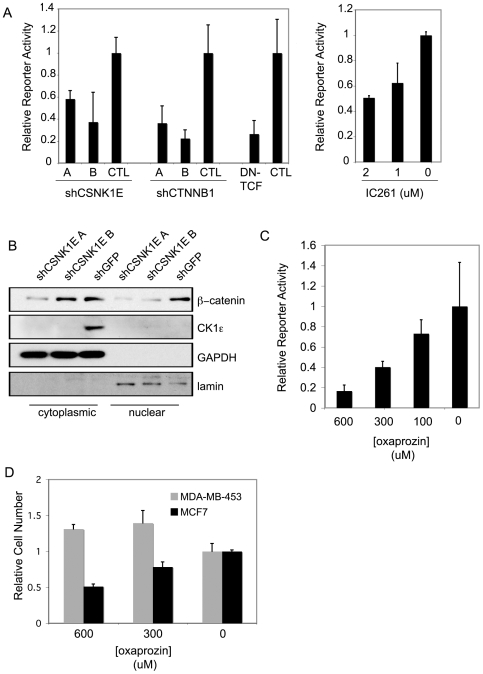Figure 5. Loss of CSNK1E function abrogates Wnt/β-catenin signaling.
(A) Effect of RNAi suppression of CSNK1E on β-catenin transcriptional reporter activity. 293T cells were cotransfected with a β-catenin expression construct, pRL-SV40, the indicated shRNA construct and the β-catenin-responsive pTOPFLASH reporter constructs. Parallel transfections with pFOPFLASH reporter constructs were performed to normalize for β-catenin-specific activity. CTNNB1 shRNAs and dominant-negative TCF (DN-TCF) were included for comparison. Graph shows mean ± SD of a representative experiment performed in triplicate. Right panel shows effect of IC261 on β-catenin transcriptional reporter activity. MCF7 cells transfected with pRL-SV40, and either the β-catenin-responsive pTOPFLASH reporter or the control pFOPFLASH reporter, were treated with the indicated concentrations of IC261 for 48 hours. Graph shows mean ± SD of a representative experiment performed in triplicate. (B) Immunoblot analysis of cytoplasmic (left) and nuclear (right) β-catenin levels in MCF7 cells 72 hrs post transduction with shRNA against CSNK1E. Immunoblots for cytoplasmic GAPDH and nuclear lamin were performed to verify fractionation. (C) Effect of oxaprozin on β-catenin transcriptional activity after 48 hrs. (D) Differential effects of oxaprozin on relative cell number of β-catenin active cells (MCF7) versus β-catenin inactive cells (MDA-MB-453).

